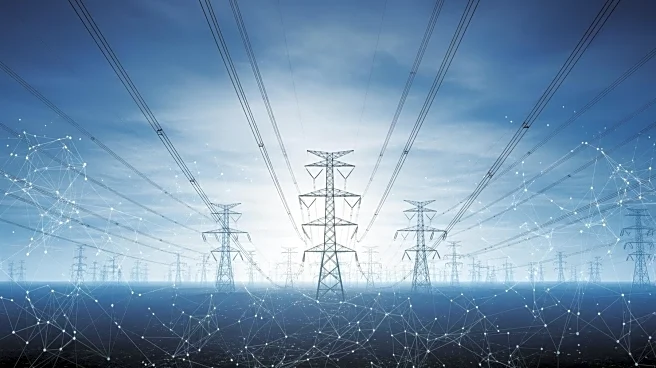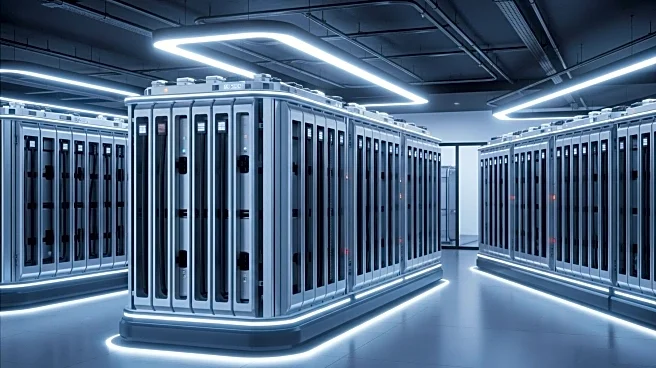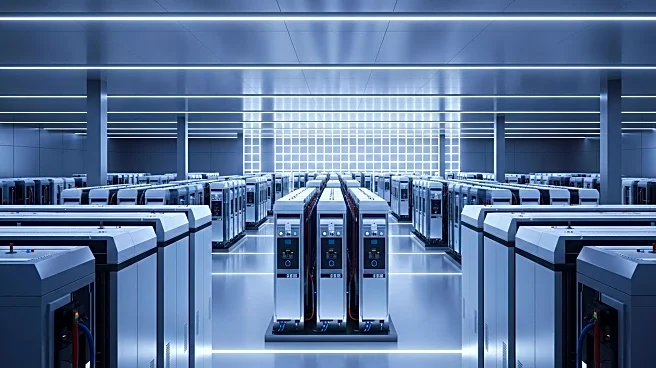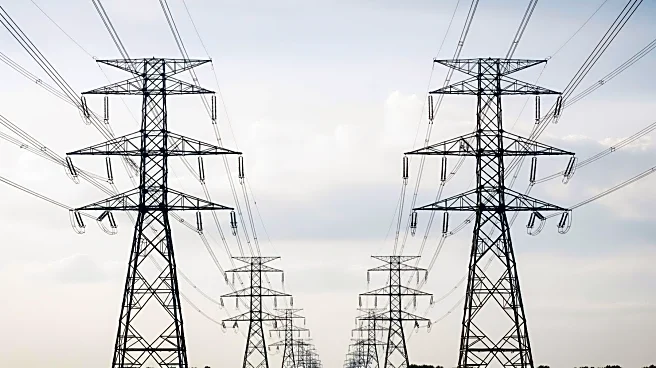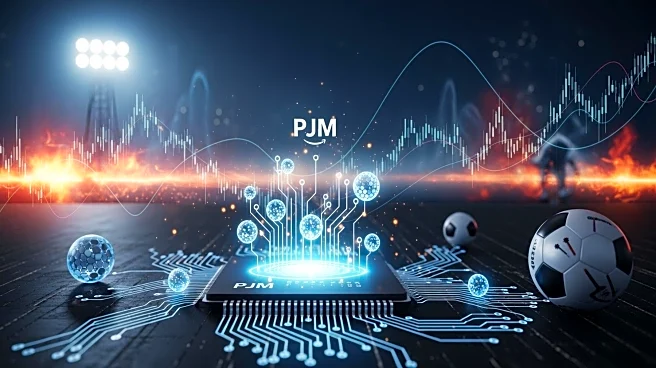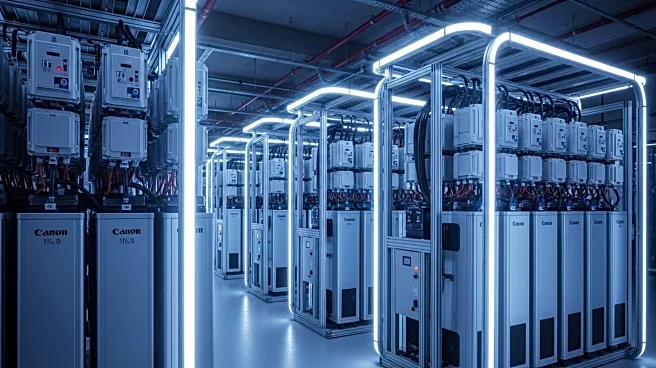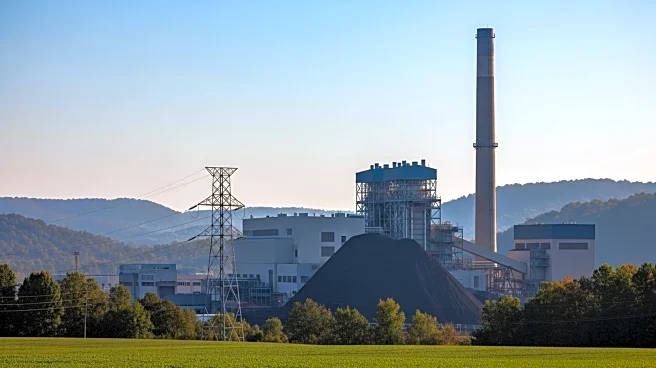What's Happening?
The PJM Interconnection, a regional transmission organization, is emphasizing the need for cooperation between competitive generators and distribution utilities to address challenges in the electric industry. The organization highlights the growing tension
between these entities due to a potential generation shortage and increased wholesale capacity prices affecting retail customers. Distribution utilities are advocating for policy changes that would allow them to build power plants and recover costs from customers, a move opposed by generators who argue that the market is already responding positively to higher capacity prices. The PJM report also notes past government policies favoring renewable energy over fossil fuel-fired power plants, contributing to current industry challenges.
Why It's Important?
The ongoing debate within the PJM area has significant implications for the reliability and affordability of electricity services. If distribution utilities are allowed to reenter the generation business, it could lead to major policy shifts and impact investment in competitive generation. The conflict underscores the need for a balanced approach to energy policy that considers affordability, reliability, and environmental sustainability. Cooperation between industry stakeholders is crucial to ensure the financial health of both generators and distribution utilities, which is necessary for maintaining and upgrading electricity infrastructure.
What's Next?
The PJM Interconnection suggests that industry stakeholders should focus on collaborative efforts to reform permitting processes and environmental policies. Such cooperation could help restore balance among energy affordability, reliability, and sustainability considerations. The outcome of this debate may influence future legislative and regulatory decisions, potentially reshaping the electric industry landscape in Pennsylvania and other restructured states.
Beyond the Headlines
The tension between generators and distribution utilities reflects broader challenges in transitioning to a sustainable energy future. The debate highlights the complexities of balancing market-driven solutions with regulatory frameworks, and the need for innovative approaches to integrate renewable energy sources while ensuring grid reliability.
